12 Toys That Required a Degree in Engineering To Have Fun
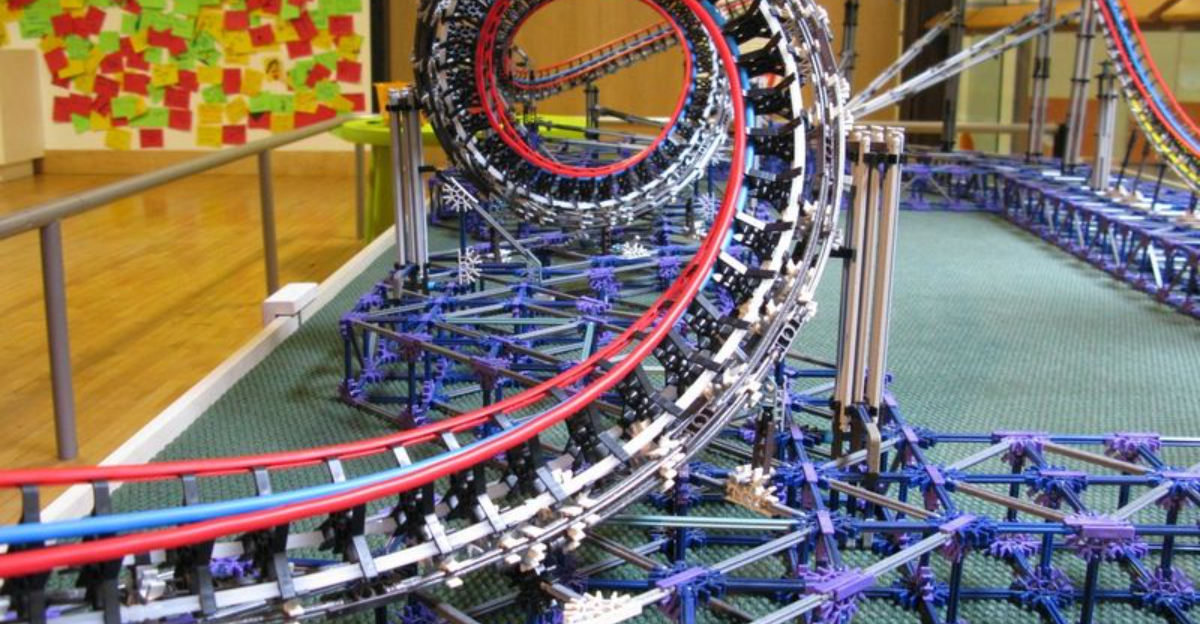
Back in the day, getting a new toy wasn’t as simple as ripping open the box and playing with it. Nope, many toys of the past came with an unspoken challenge: figure out how to put this thing together before you lose your patience (or your parents do).
From plastic model kits with microscopic parts to train sets that required an entire afternoon to set up, these toys were a masterclass in patience, problem-solving, and sometimes, sheer frustration.
If you ever spent hours deciphering an instruction manual that seemed written in ancient code, this list is for you.
1. Erector Set
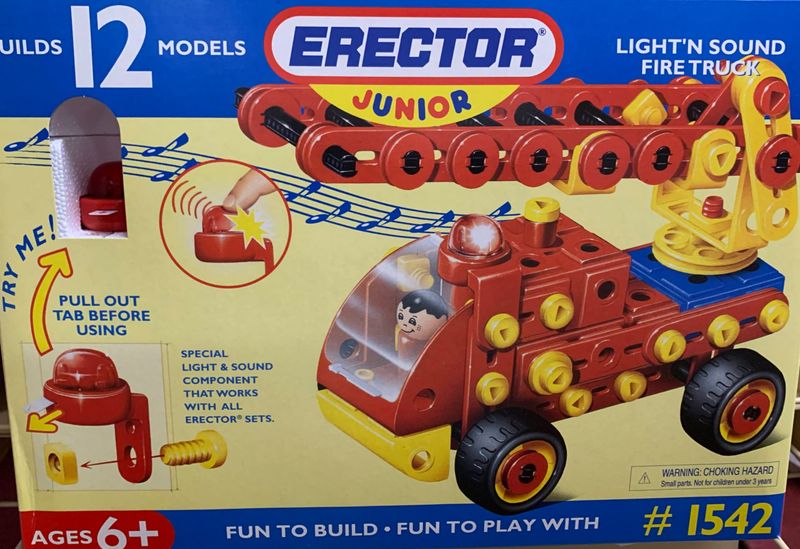
This classic construction kit promised kids the ability to build bridges, cranes, and even working motors—if they could make sense of the hundreds of tiny metal parts and bolts. One wrong move, and you’d have to backtrack several steps, making it a test of both dexterity and mental endurance.
Parents often ended up finishing these projects while kids watched, defeated.
2. Tamiya Model Kits
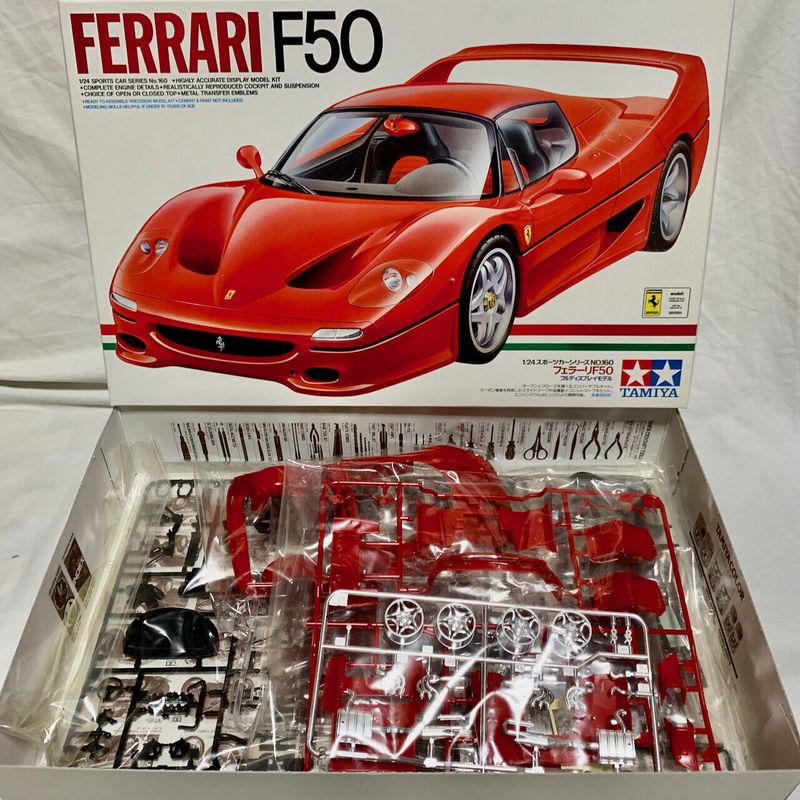
These highly detailed model cars, planes, and tanks came in what felt like a thousand pieces, many of them so small they required tweezers.
Gluing everything together without making a mess was an art form, and the worst part? If you lost one tiny wheel or propeller blade, the entire project was doomed.
3. Lincoln Logs

Sure, making a simple log cabin was easy, but ambitious kids who attempted multi-room mansions or bridges quickly learned that structural integrity was not guaranteed.
One wrong placement, and your masterpiece could collapse like a failed pioneer settlement.
4. Slot Car Racing Sets
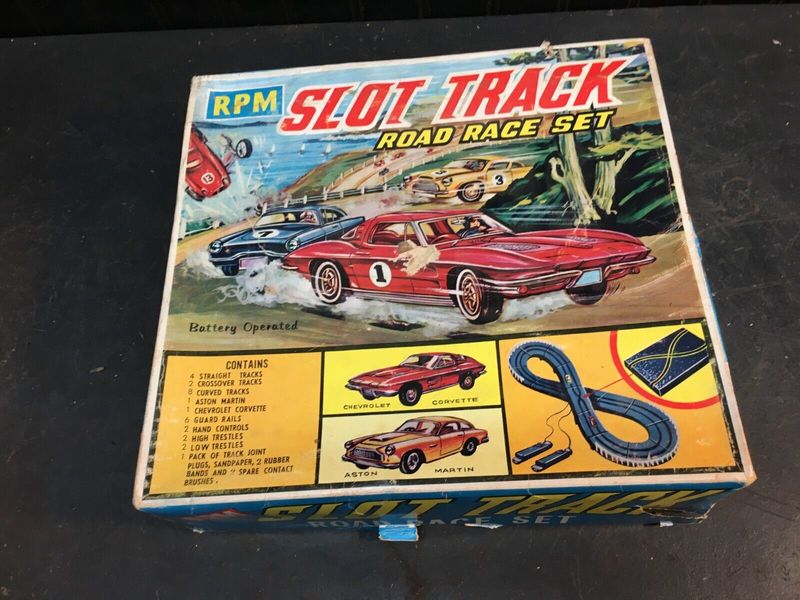
Getting the track pieces to snap together correctly was just the first battle. Then, there were the electrical connections to worry about—one loose wire, and your car would stutter or not move at all.
Plus, keeping the cars on the track at high speed required the reflexes of a Formula 1 driver.
5. Meccano Sets
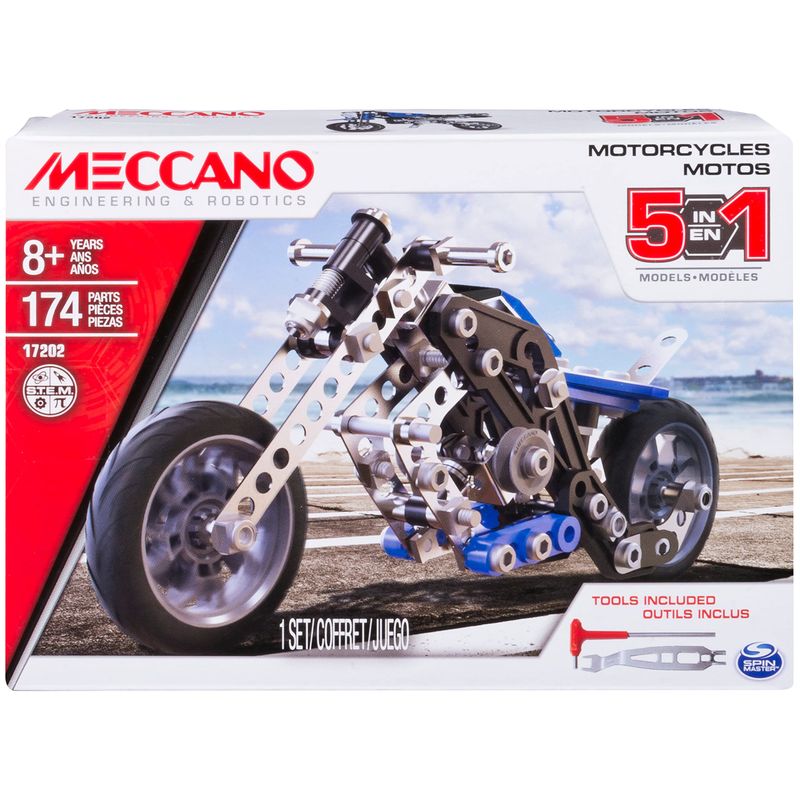
Essentially an Erector Set on hard mode, Meccano kits featured an overwhelming number of metal rods, gears, and screws that required real engineering skills to assemble correctly.
The instruction manuals assumed you had the knowledge of a mechanical engineer, making these a brutal challenge for any kid (or adult).
6. Hot Wheels Playsets
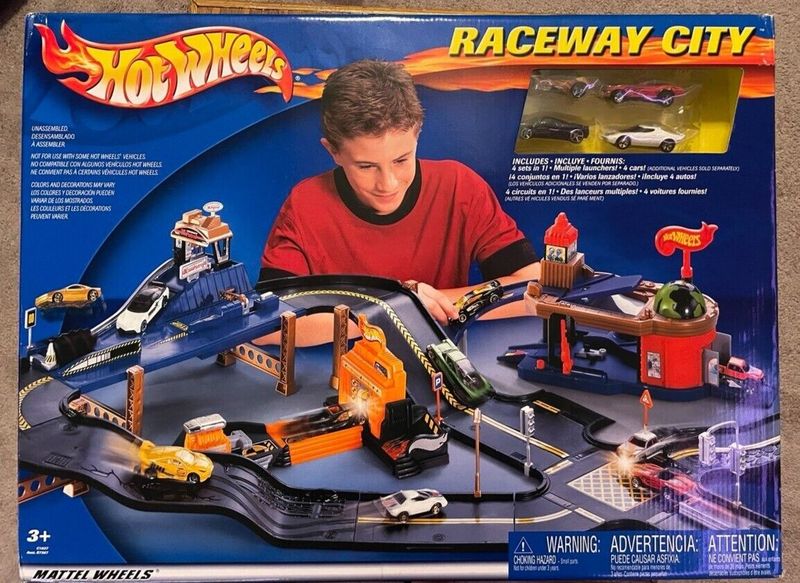
The setup always looked so simple in commercials, but in reality, getting the tracks aligned perfectly so the car could make a full loop was a nightmare.
If you didn’t angle it just right, your car would fly off the track and disappear under the couch forever.
7. K’NEX Roller Coasters
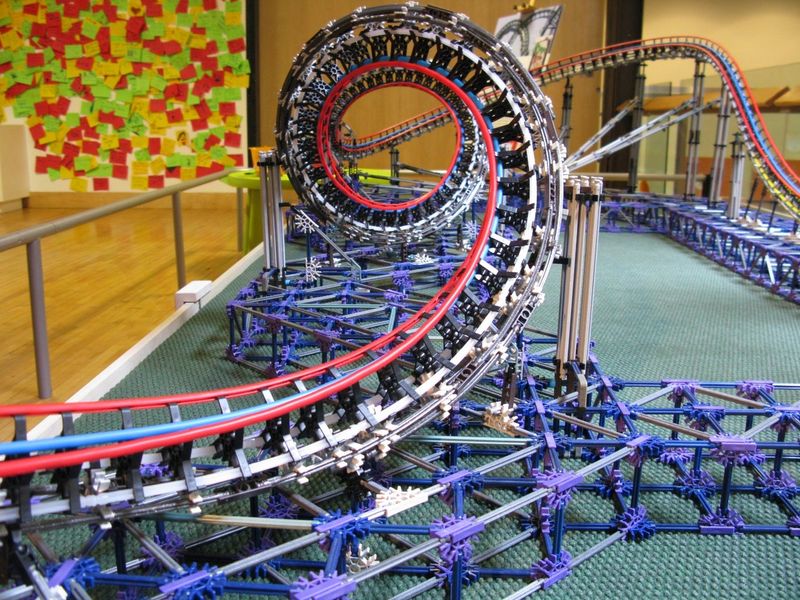
Building a roller coaster out of plastic rods and connectors seemed like a dream—until you realized you needed an entire afternoon and a degree in physics to get the structure to actually stand up and function properly.
One misplaced piece, and your whole design collapsed in an instant.
8. LEGO Technic Sets
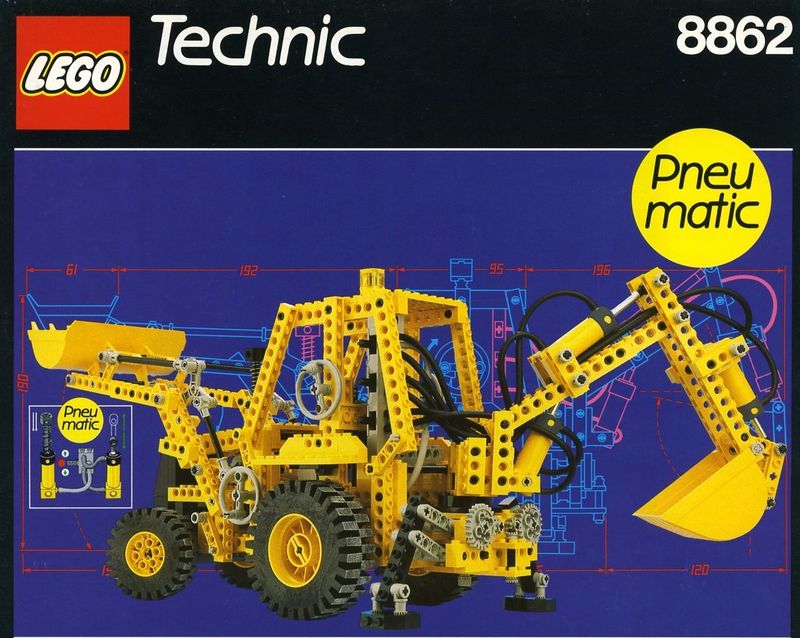
Unlike regular LEGO, these advanced sets included working gears, pulleys, and moving parts that had to be assembled in a precise order.
Miss one crucial step, and you’d find yourself disassembling half the build just to fix a tiny mistake buried deep in the mechanism.
9. Model Rockets

Before you could launch your rocket into the sky, you had to carefully glue the fins, insert the wadding, attach the engine, and pray that you didn’t misalign anything.
One wrong move, and your high-flying dreams would end in a disappointing crash landing.
10. Remote-Controlled Airplanes
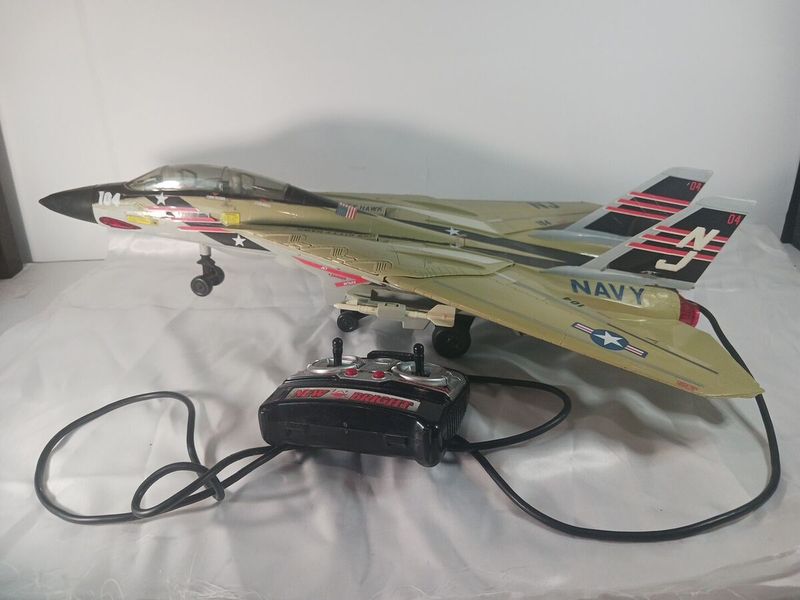
Assembling the body was just the beginning—then came figuring out the wiring, installing the tiny servos, and adjusting the controls so the plane wouldn’t nosedive straight into the ground on takeoff.
Many kids spent more time fixing their planes than actually flying them.
11. Revell Model Ships
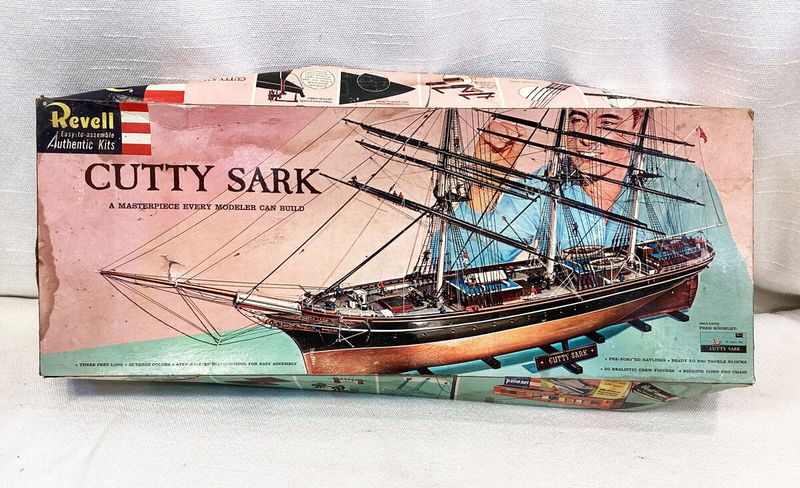
With intricate rigging, delicate masts, and dozens of tiny, easy-to-break pieces, these kits were a nightmare for anyone without infinite patience.
Dropping just one part on the carpet meant an afternoon spent crawling around looking for it.
12. Tetherball Poles

Installing a tetherball set in your backyard wasn’t just a project—it was a construction job. Digging a hole, pouring cement, and making sure the pole was perfectly upright required more effort than any kid bargained for.
And if you got it wrong? Enjoy your permanently tilted tetherball game.
